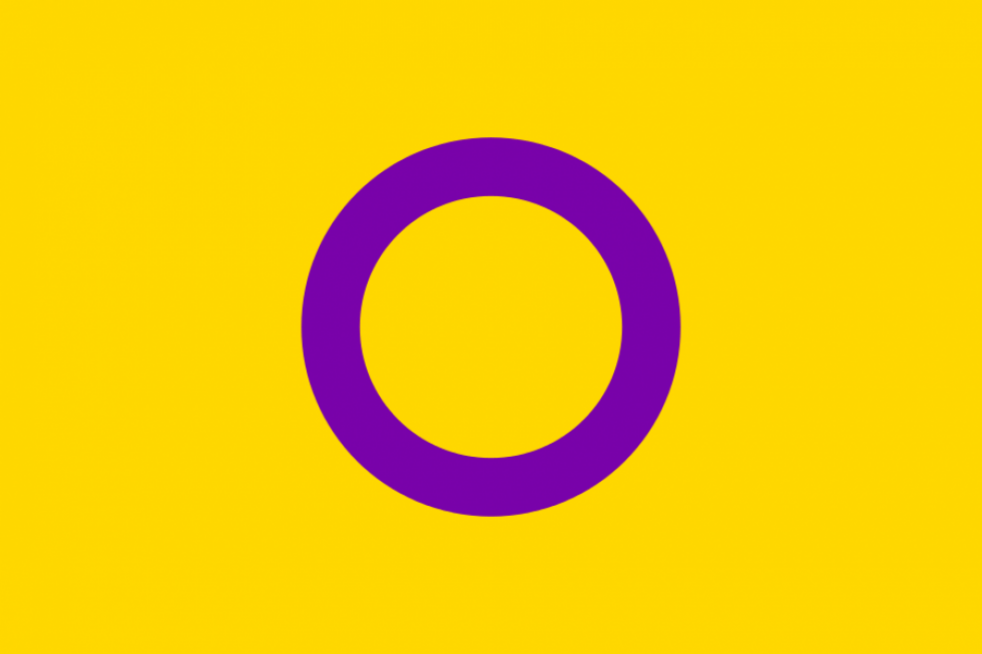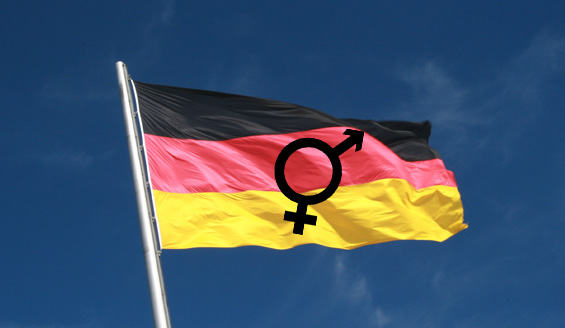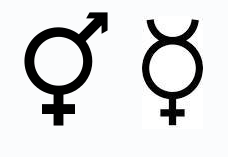The biological character or quality that distinguishes male, female, and intersex from each other as expressed by analysis of the person’s gonadal, morphologic (internal and external), chromosomal, and hormonal characteristics.
Biological Sex and Anatomical Sex. Also often shortened to just “Sex”: It is typically assigned, at birth, by the “authorities” based on the appearance of our external genitals, gonads, sex chromosomes, and sex hormones. Our gender, gender expression, and sexual orientation are often assumed by these two things; even though our gender has nothing to do with our genitals, hormones, or chromosomes.
This strict division of male and female “sex” is often referred to as the “binary.” The reality is there are many different types of bodies out there other than the typical male or the typical female anatomy. Please see the definition of gender (below) to understand this one better.
ENDOSEX
I prefer to use the word endosex to describe people who were not born intersex. Endosex is a way to describe sex characteristics that categorize as typical anatomical females or males. Endosex people can have any gender identity. This man, woman, both, and neither. This includes transgender, gender fluid, bi-gender, tri-gender, asexual, and all the many other ways to describe gender identity. Some people use the word “dyadic” instead of endosex. I prefer to not use dyadic due to it reinforcing the binary male/female binary construct that does not exist if we are to include intersex people.
Male: Is the physiological sex that produces sperm. Most male mammals, including male humans, have one Y and one X chromosomes. I like to say “Endosex Male”.

Female: Is the sex of an organism, or a part of an organism, that produces non-mobile ova (egg cells). Most female mammals, including most female humans, have two X chromosomes. I like to say “Endosex Female”.

INTERSEX
Intersex: Is a general term used for bodily, hormonal, or chromosomal variations in which a person is born with reproductive or sexual anatomy that doesn’t seem to fit the typical definitions of female or male. All intersex variations are ideal for an intersex person.
Some forms of intersex occur after birth and later in life. However, many of these are naturally occurring bodily variations too. In humans, it is a variation in sex characteristics, including chromosomes, hormones, gonads, or genitals, that do not allow an individual to be considered as endosex male or female. That is because they were born an intersex person. If you are not born into an endosex/dyadic body, you would have a naturally occurring intersex body.
Just like anyone else, an intersex person can have any gender, sexual orientation, or gender expression. The “rules” of the heteronormative binary, male, and female, often do not work for intersex people. Since intersex is a way to describe a person’s biological sex, it should not be confused as a gender identity. If a person’s gender identity matches their being intersex, I suggest they say they are “intergender” to not conflate sex with gender.
Note: In the past, and in some countries, the term “hermaphrodite” is used to describe people born intersex. Depending on the country or the person, this can be considered offensive. Always ask to make sure it is ok to use the word hermaphrodite. Please always ask if it is ok to say in your country. Some accept it, and some do not now.
Alter-sex
Alter-sex: a catch-all term consisting of “alter,” meant here as “different” or “another possibility,” and sex, referring to physiological primary and secondary sex characteristics. Alter-sex refers to possible sexes that are neither endosex nor intersex, in the cases of those who go through HRT or sexual reassignment surgery of some sort to change their sex. Alter-sex is a word that can be used for people who are not born intersex, who alter their sex to appear intersex. However, if a person does alter their sex with surgery or hormones to become male or female, it is expected that everyone is to respect their sex reassignment and never say that they are “alter-sex.” This is disrespectful not to honor their sex change, they are now valid.
Note: both endosex and intersex people can be assigned wrong and change their sex traits with consenting surgery or hormones. Both are valid in what they say they become.
Please visit the United Nations Intersex Fact Sheet PDF.





These are the two symbols for intersex

A new addition to Human Diversity January 2020:

Varasex | Varsexness (sex variancy/variance): not completely conforming to the societal and cultural ideals or roles of sex (or sex conformancy/conformance, conformity/conformism).
Meant to be more encompassing than just parsex/parasex, including psychic/psychological, mental/neural/neurological, anatomical/biological, skeletal, phenotypic, genotypic/genetic, gonadal, social, physical/physiological, hormonal, genital and other experiences relative to sex-ness, whether internal or external, corporeal or incorporeal.
Other labels: varisex, varsexed. Pink representing sexness and purples variance. Flag includes sex-questioning people (who are actually questioning their sex).
LGBTQIA+ Definitions with Flags and Human Sexuality
Ten Categories:
I. Biological Sexs and Sex Traits/Characteristics
IV. Romantic and Affectional Orientation
VI. Different Types of Attraction
VII. Labels Considered Offensive
Blogs about my personal thoughts about the male/female binary:
- Five ways I show that the Male/Female Binary is a Myth, and a Social Construct. Nature has always Created Sexual Variety and Diversity.
- The Difference Between my Biological Sex and My Gender.
- My thoughts about the Third Gender Box and Gender X
- Why I don’t like saying “non-binary gender” anymore.
- A Male/Female Mosaic Brain Proves We Need the Self-Determination of Gender

~.V.~

